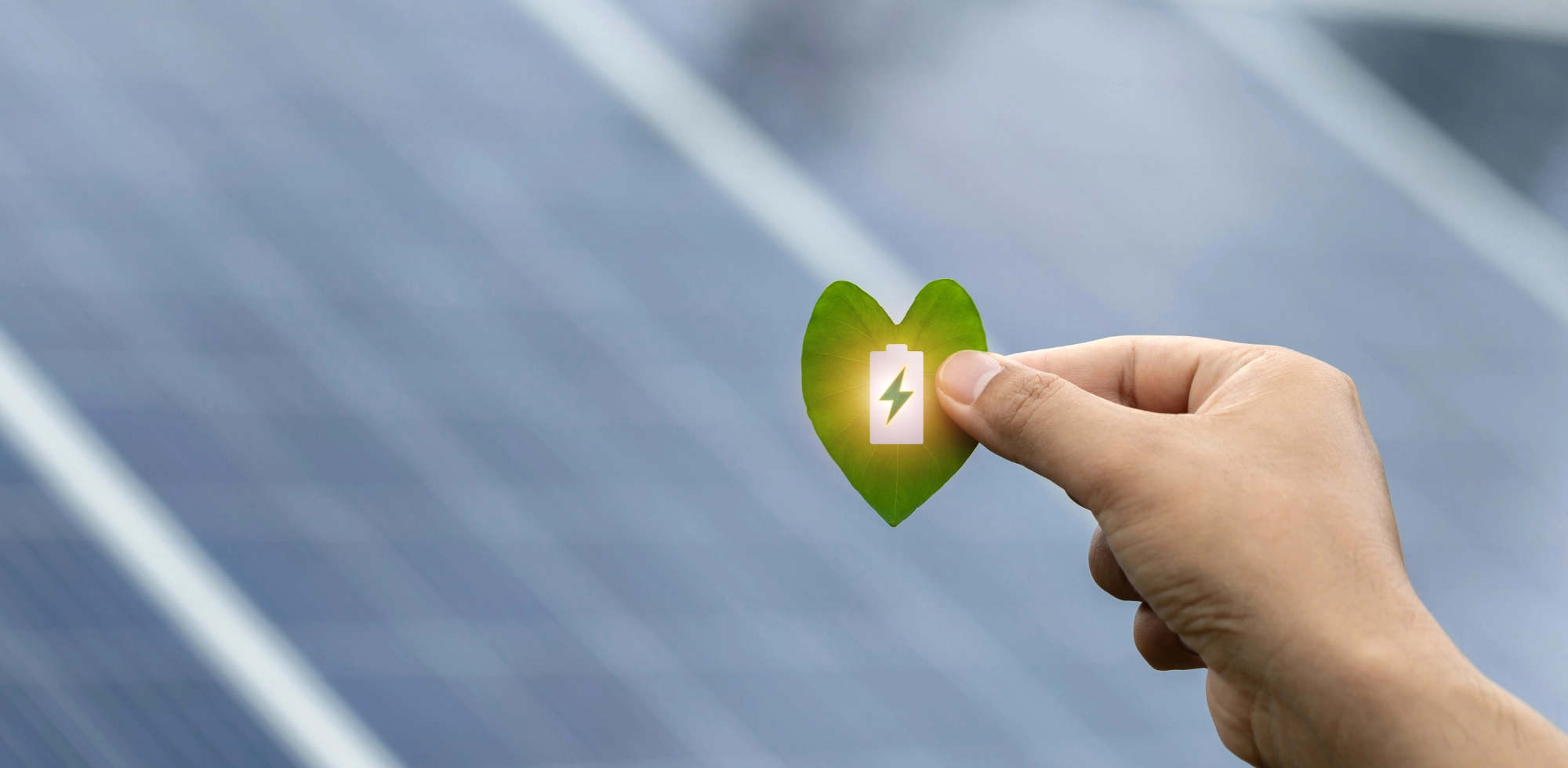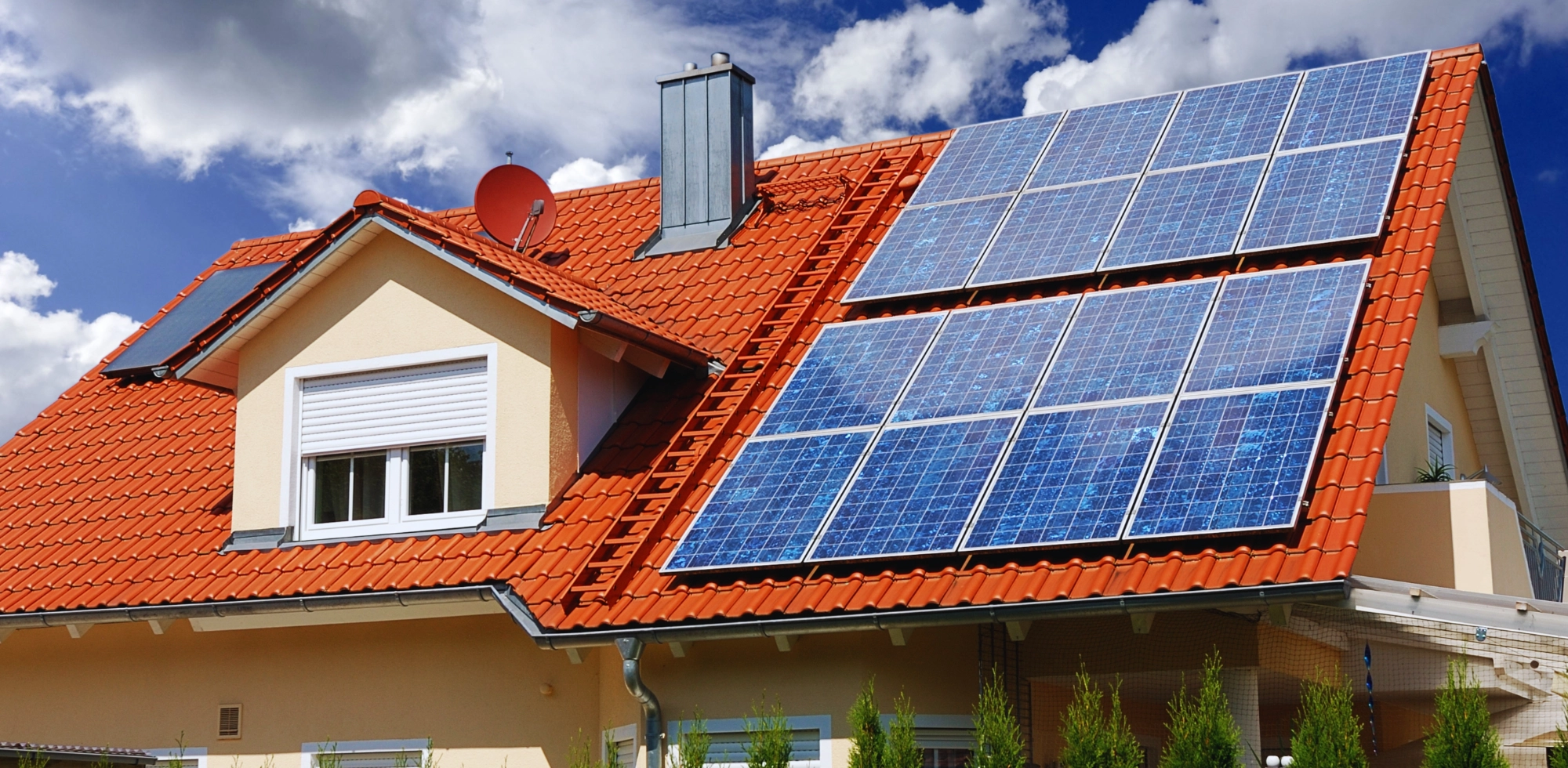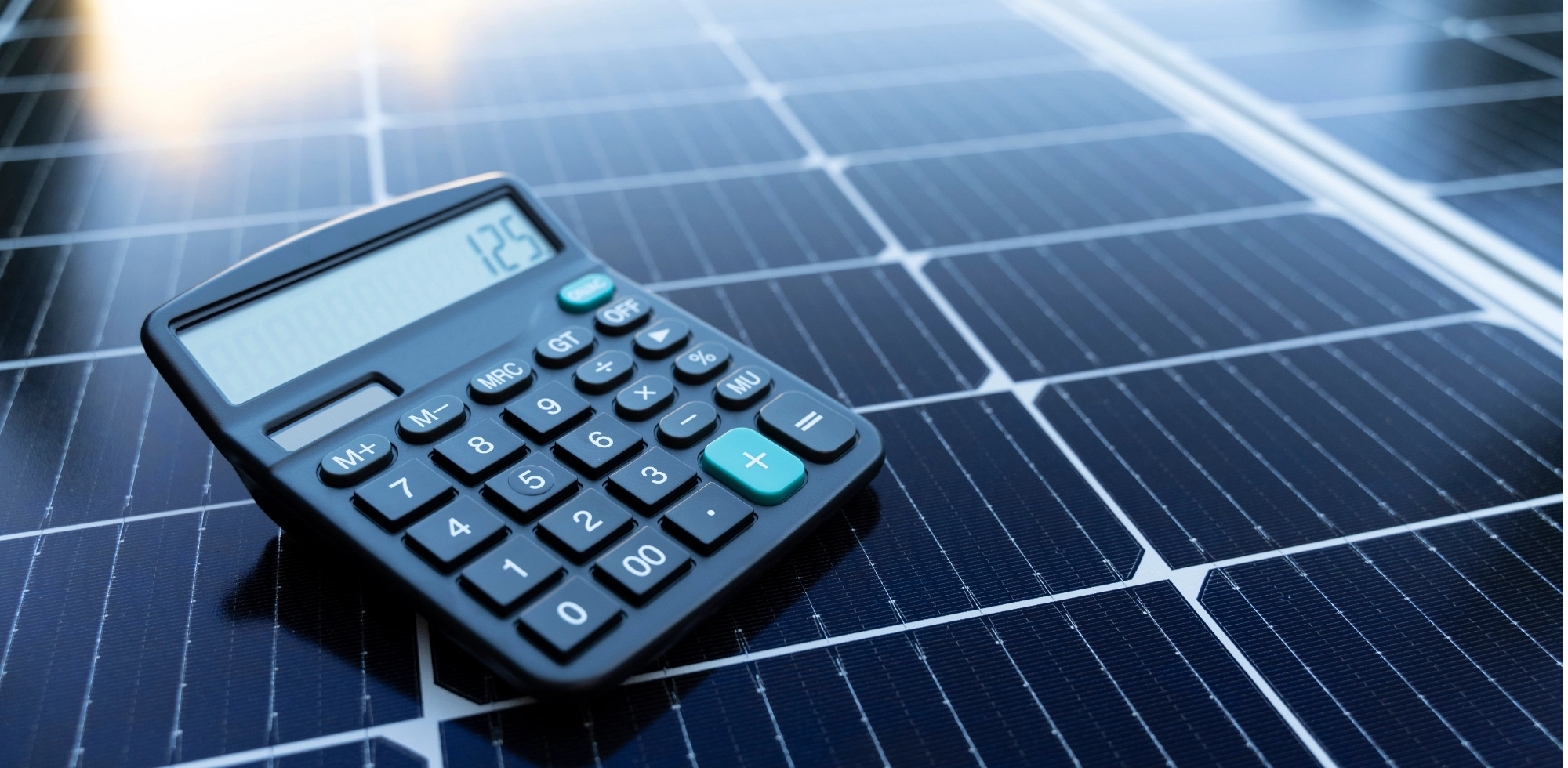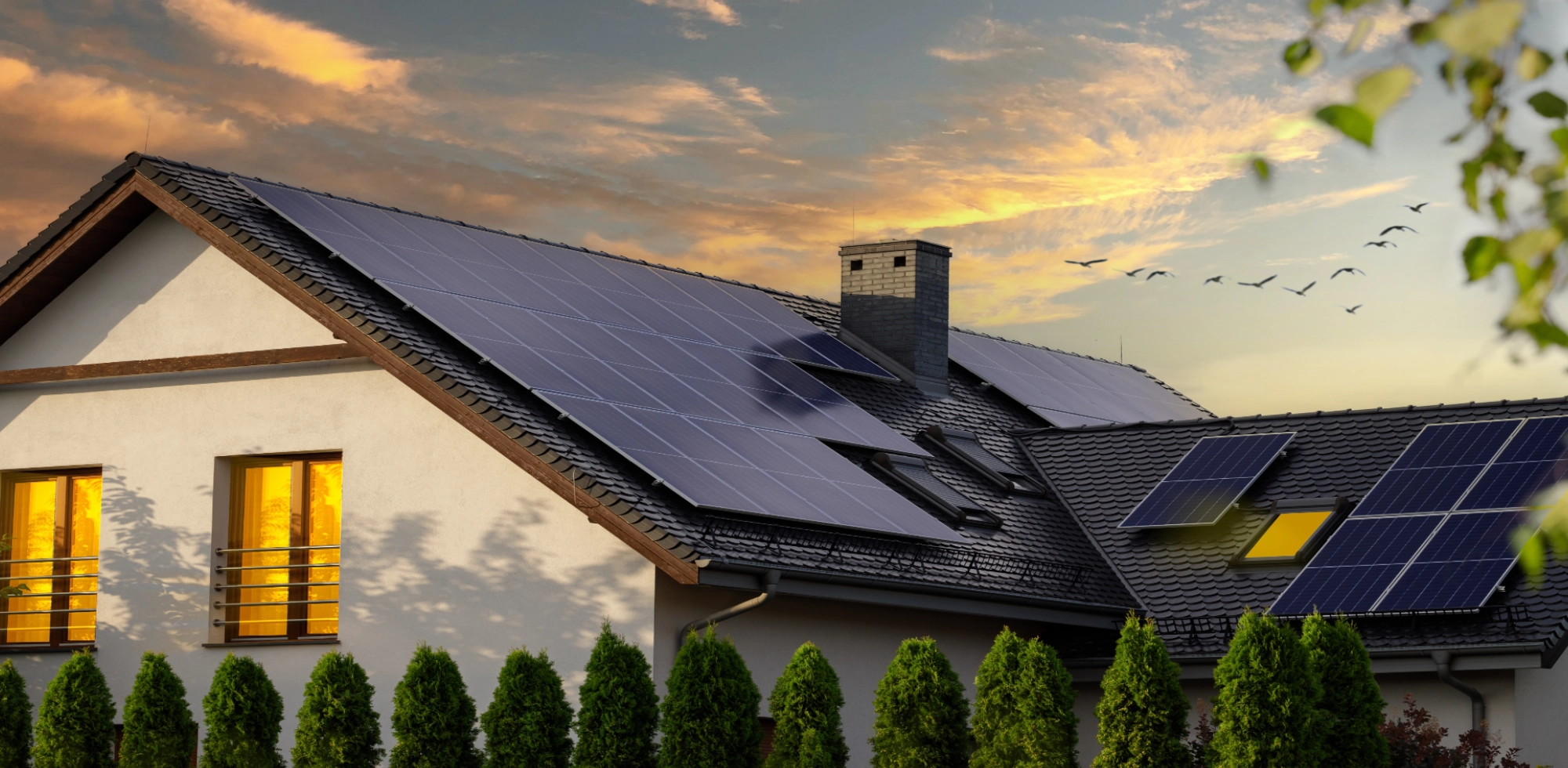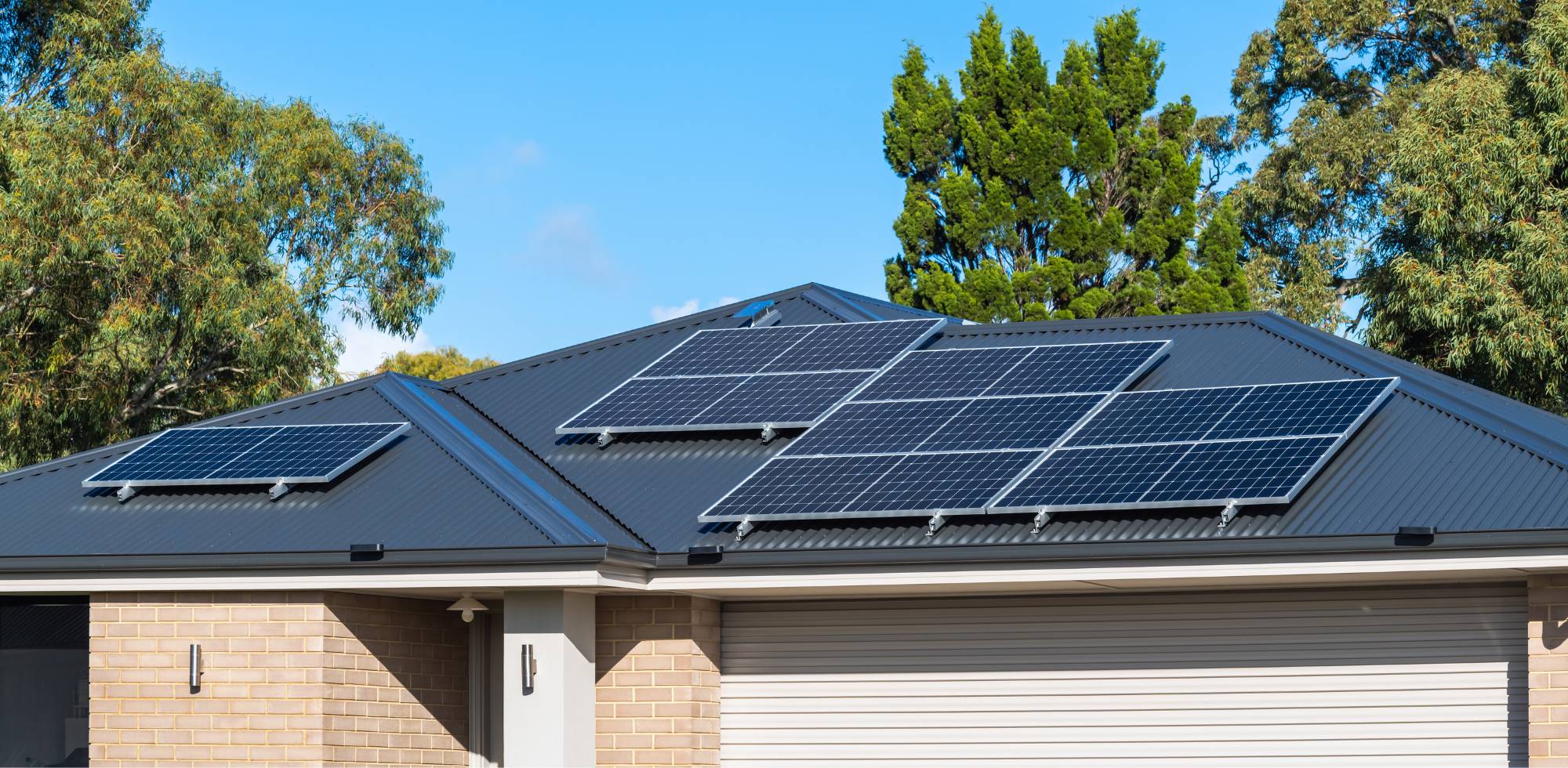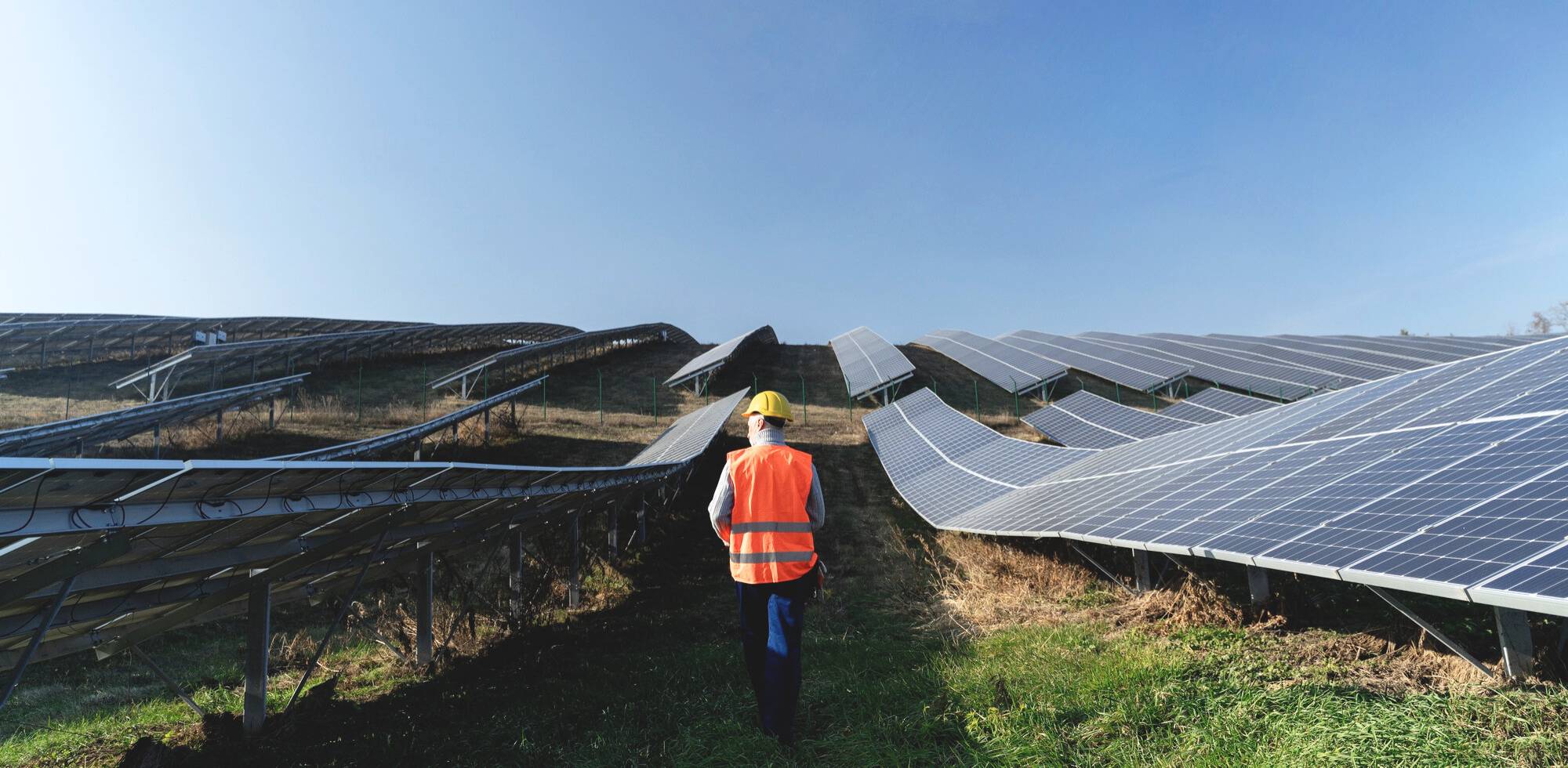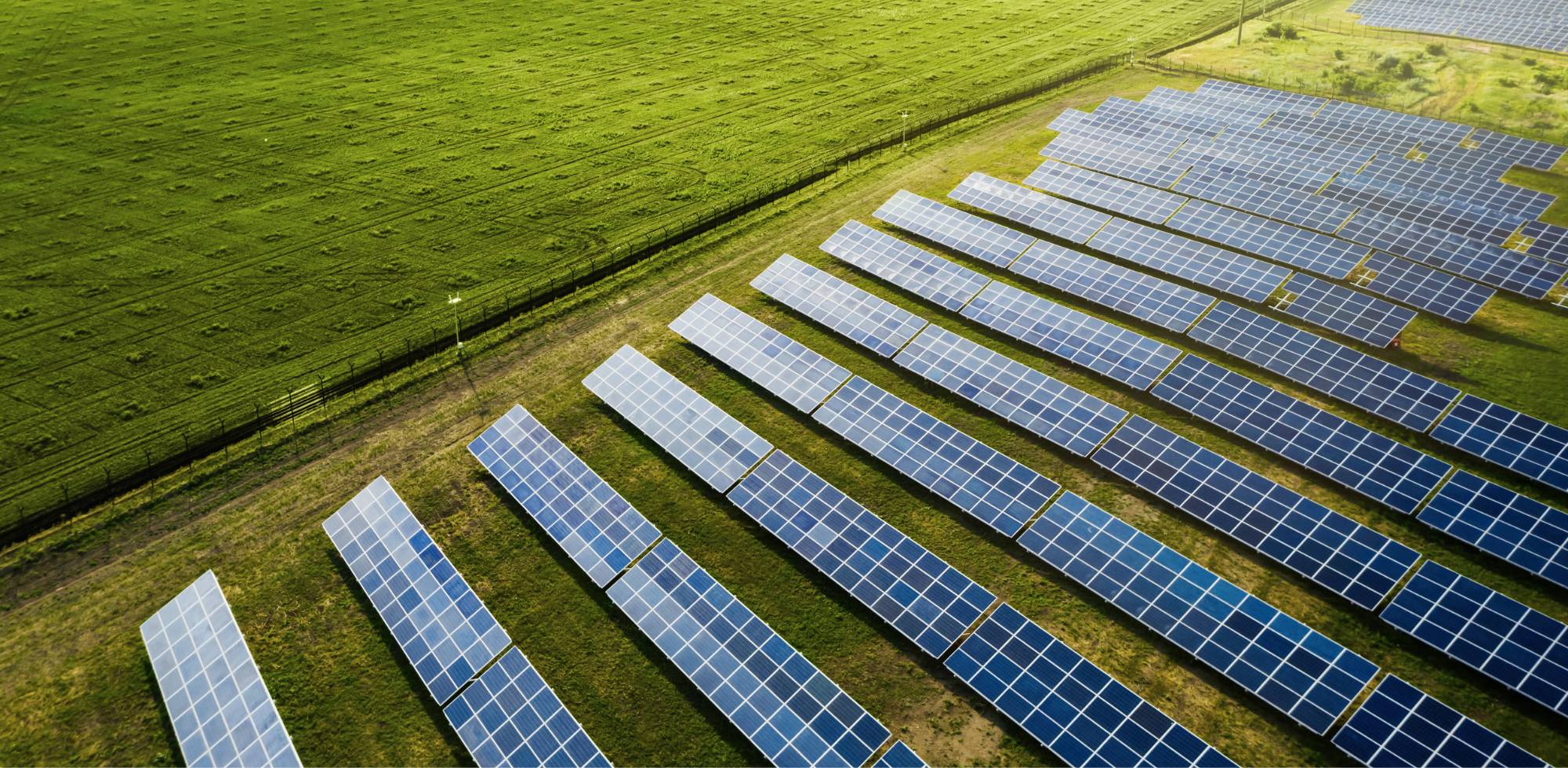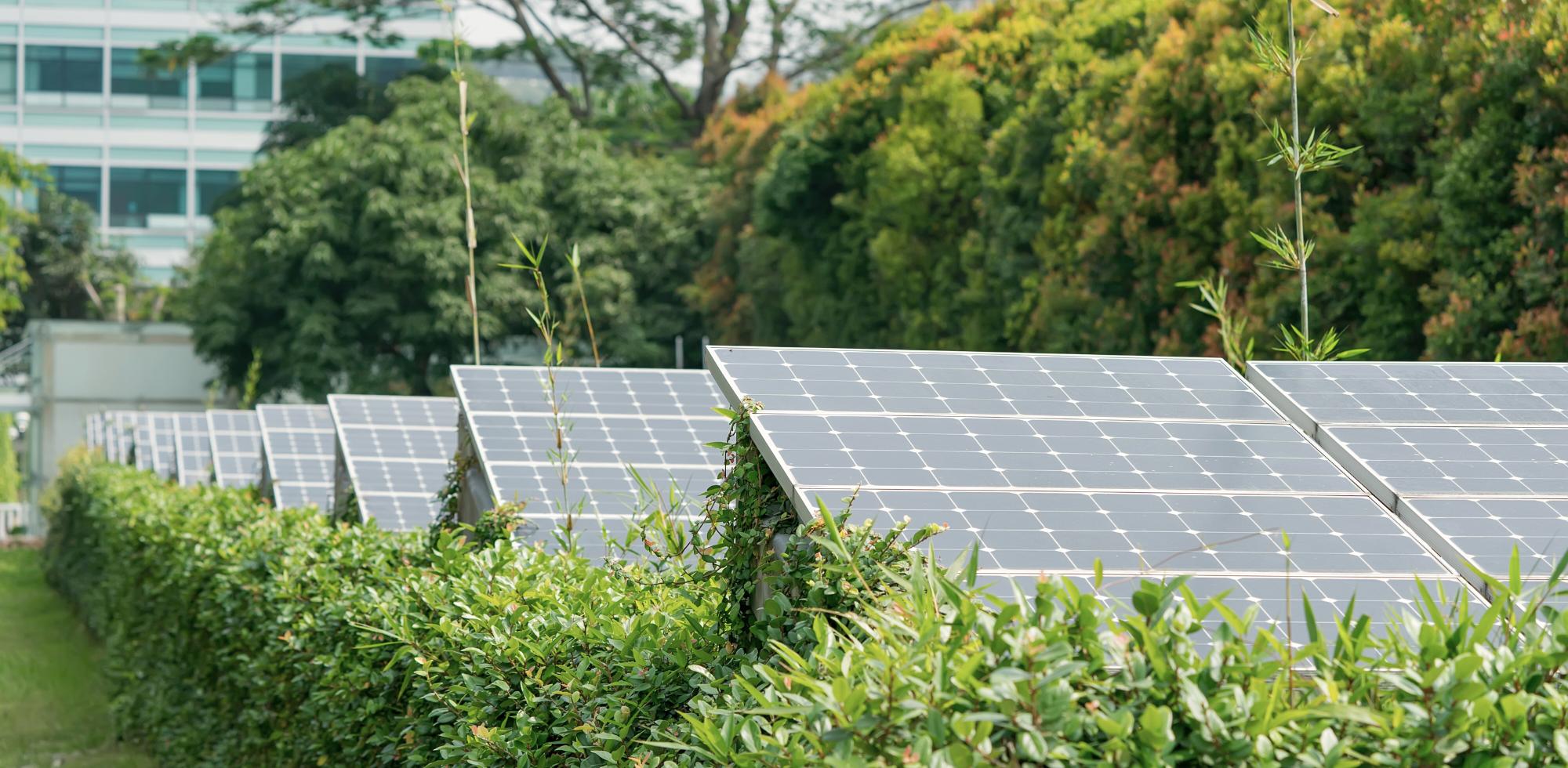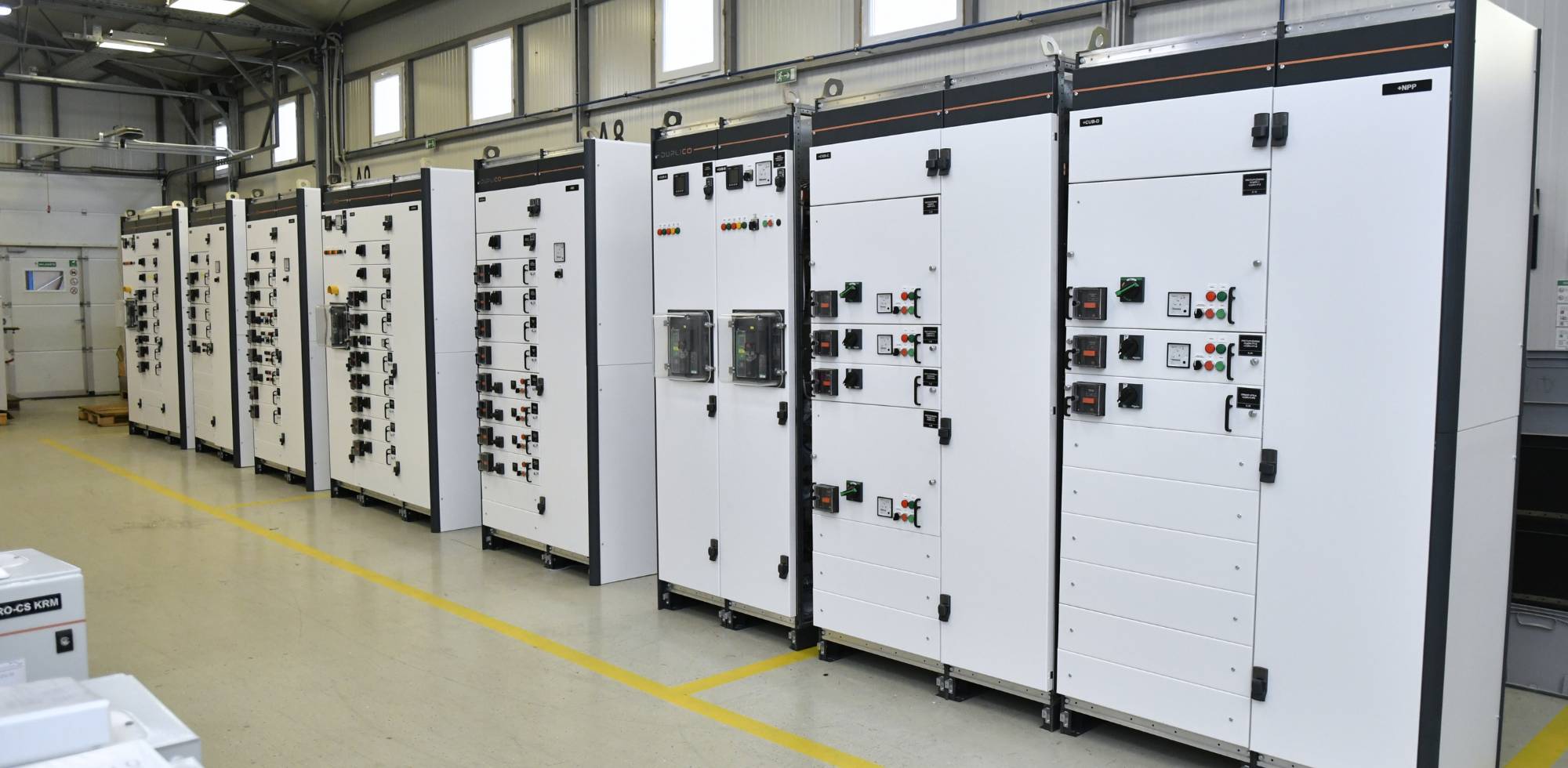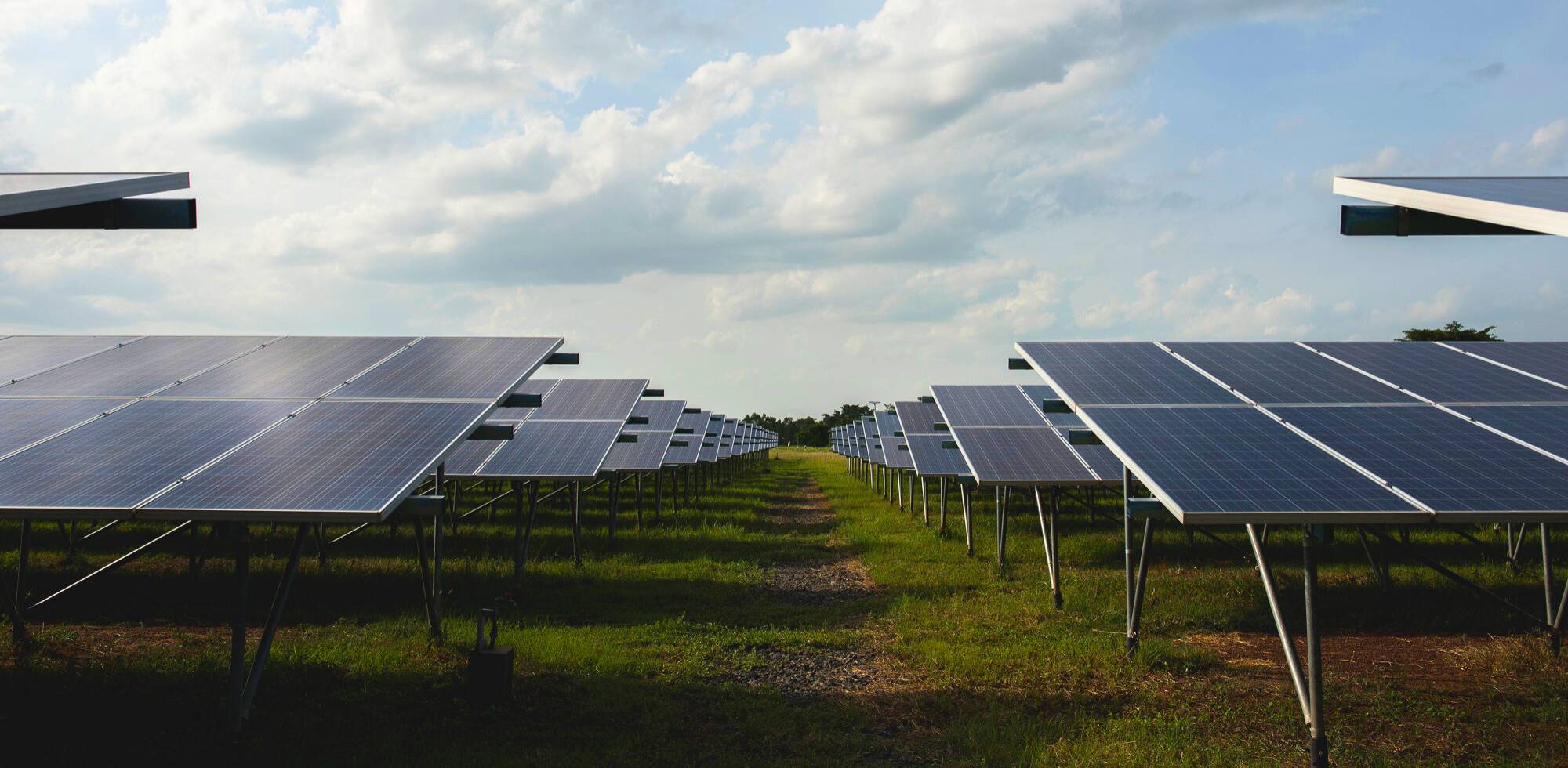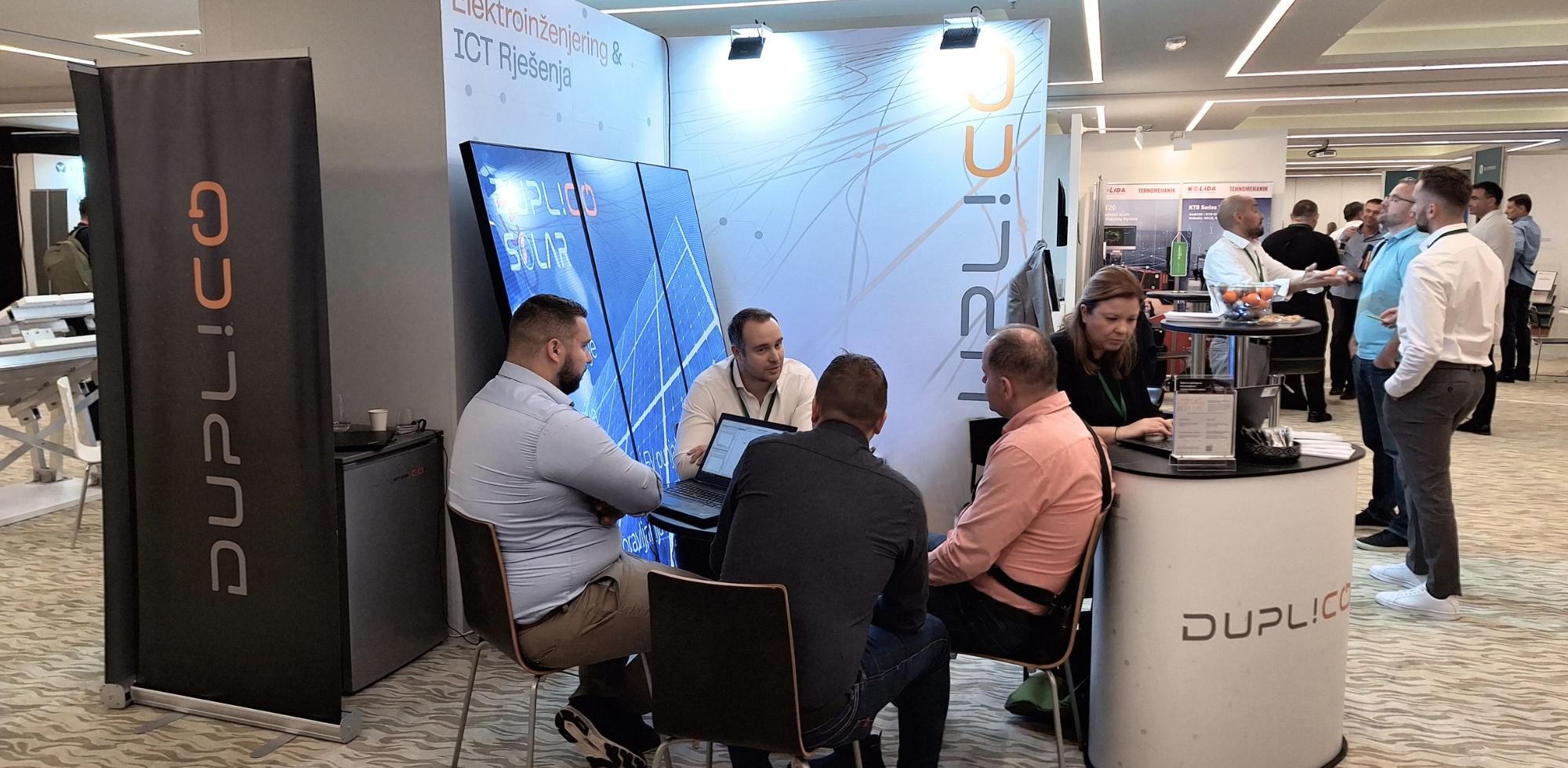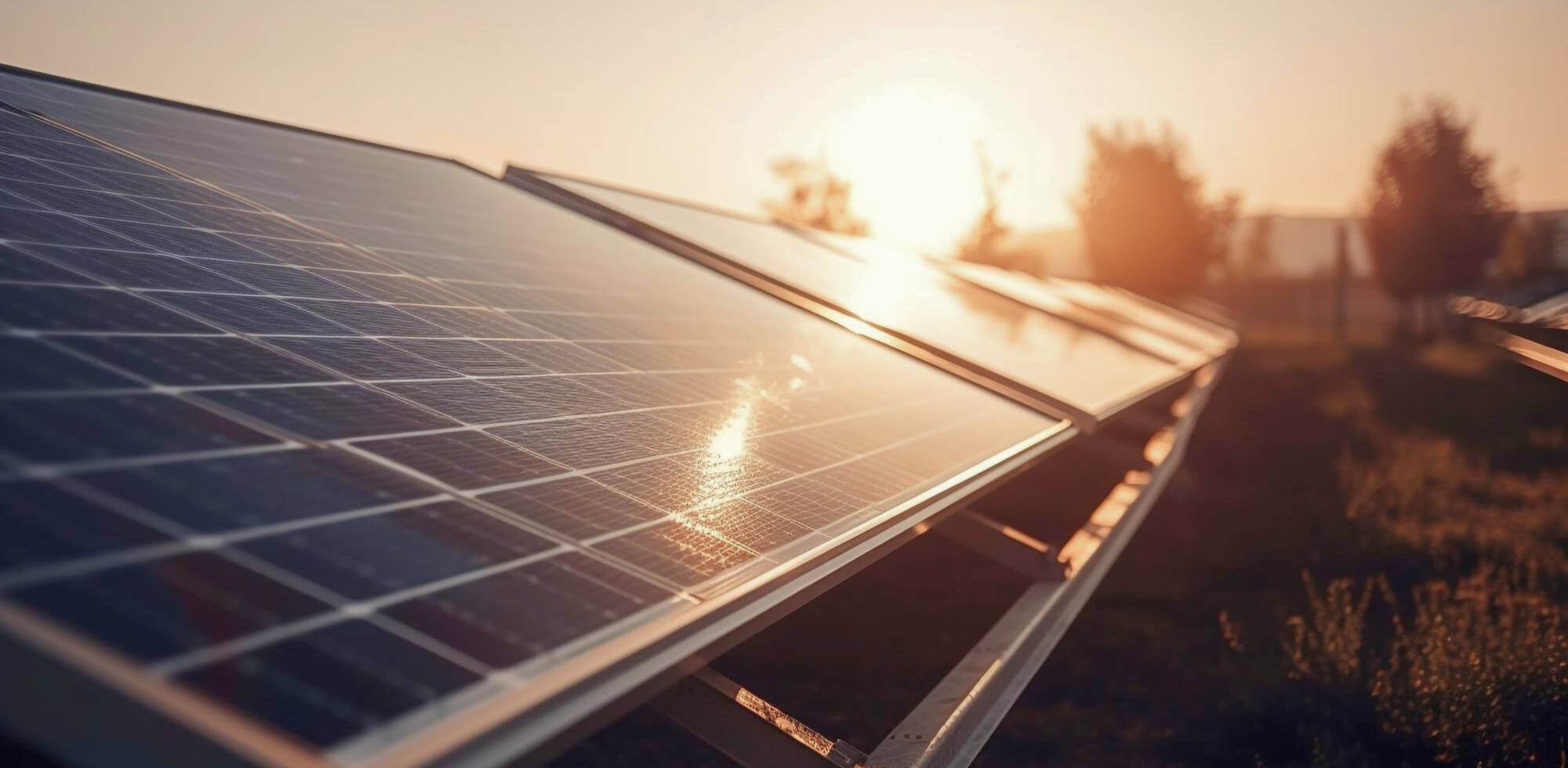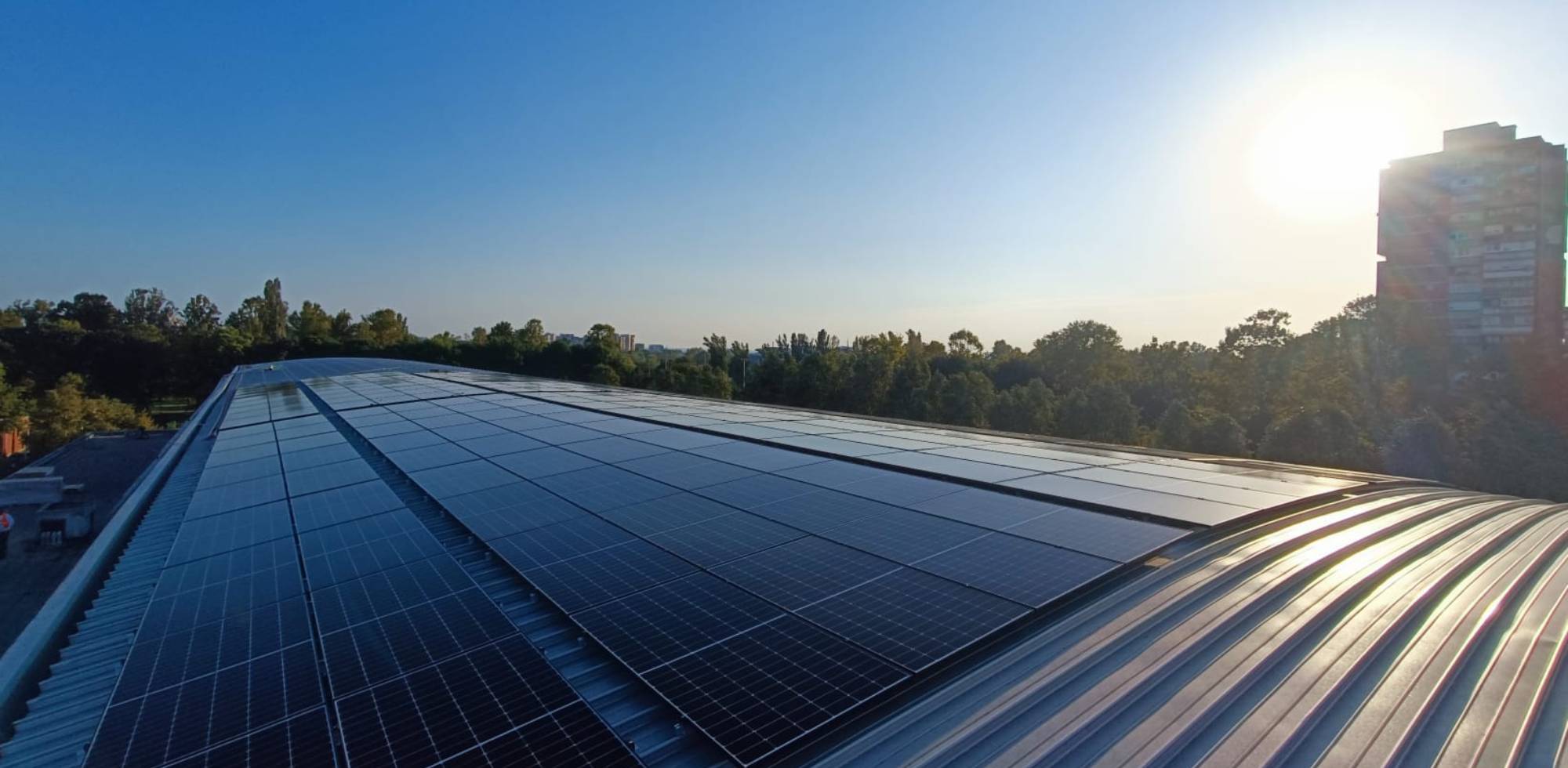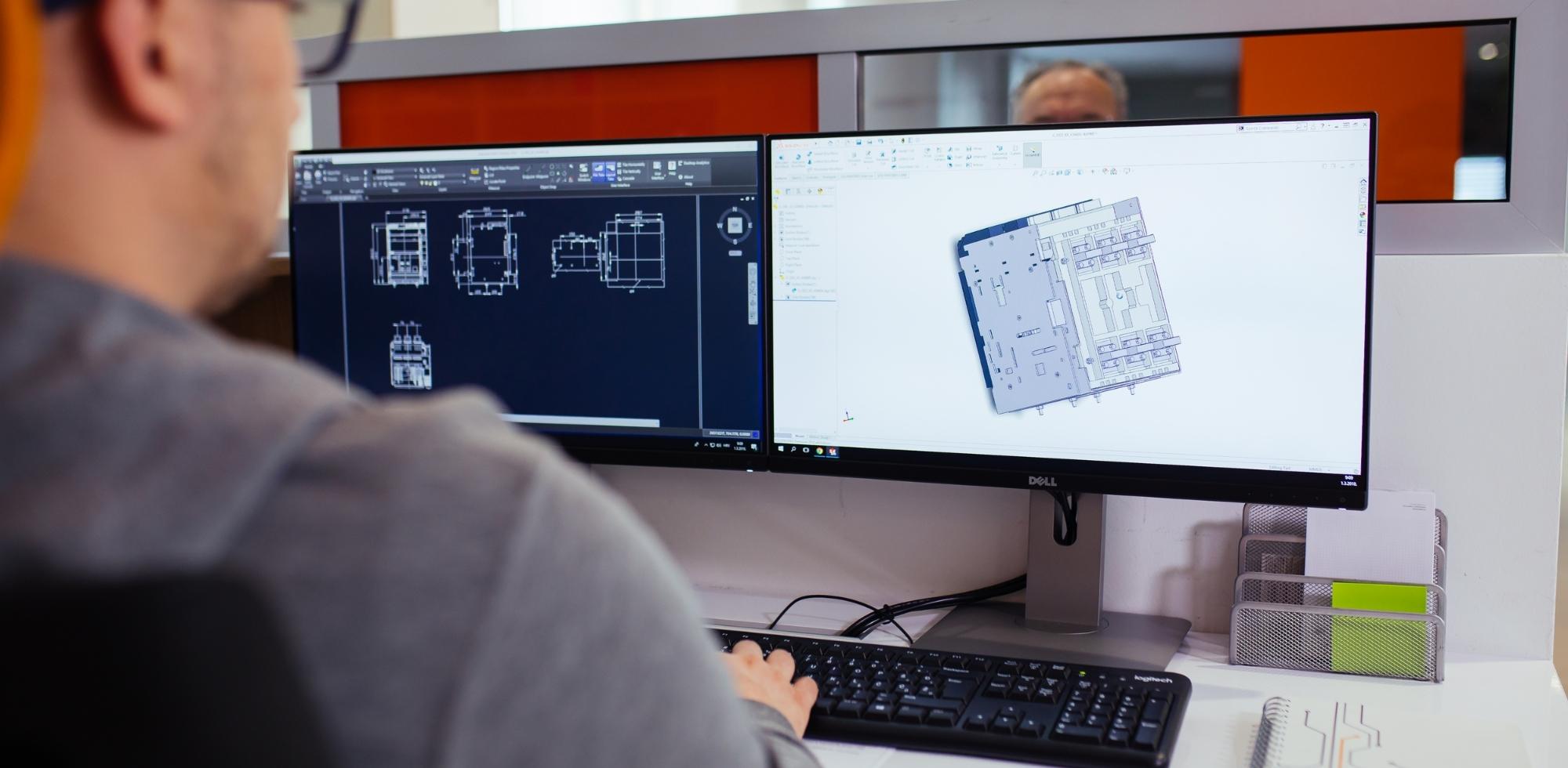In recent years, the number of solar panels in Croatia has quintupled. According to official data, as of February 28, 2025, there were 27,540 solar power plants connected to the distribution network of HEP-Operator distribucijskog sustava in Croatia, of which 20,846 were in the household category and 6,694 in the business category.
This increase has been driven by the reduction in prices and the increased availability of equipment for solar power plants. Additionally, a growing interest in and awareness of sustainability have also contributed to this growth.
In Croatia, "netting" for solar power plants is still active: if you produce more electricity than you consume in a month, the surplus goes into the grid, which serves as your virtual storage. You can pull this surplus back when needed, which brings annual savings of up to 100% on your electricity bill. This favorable system is valid until the end of 2025. However, in other EU countries, different rules are already in force: the price at which you buy electricity from the grid is much higher than the price at which you feed it in. For example, in Germany, the difference is as much as 1:8 (purchase price is 8x higher than the selling price). This encourages you to consume as much of your self-produced electricity as possible immediately and to shift your consumption habits to be more sustainable. Nevertheless, since most of us are not at home during the day, usually only 30% to 50% of our own solar production is utilized.
From all that has been said, a revolution and major changes in renewable energy sources, especially in solar power plants, await us this year. Special attention will be given to batteries for solar power plants and other technologies that enable the storage of produced electricity or its greater utilization. Solar systems that have the option of battery upgrade will also have an advantage.
5 Energy Updates in 2025:
- 1. Evolution of the "Netting" Model: Goodbye to Pure Netting? Pure netting (1:1 billing) is becoming a rarity in the EU, and Croatia must adapt. As of January 1, 2026, we expect a transition to "net billing." This means that the energy you feed into the grid is paid at one (often lower) tariff, while the energy you buy is paid at another. The goal is to encourage self-consumption, which requires smarter energy management, but also opens up new opportunities for thinking about electricity storage.
- 2. Battery Systems Become an Indispensable Addition The fall in prices of battery systems is changing the entire dynamic. In 2025, batteries are no longer a luxury but a key element for optimizing electricity consumption. Instead of sending surplus energy to the grid at a low price, you will store it in a battery and use it when needed, maximizing self-consumption and reducing grid dependence. This also changes the return on investment and reduces the impact of regulatory changes on your budget.
- 3. Installation of Smart Meters By the end of 2029, HEP will install smart electricity meters in all households across the country, as part of an investment worth 86.5 million euros. Across the country, 36% of meters have been replaced so far, and this number is increasing daily. The replacement plan was created based on criteria such as: expiration of device lifespan or technological obsolescence, expiration of the legal verification period, inaccessibility (difficult access) to the billing meter, and similar factors. The cost of replacement is free, and the property owner has no other obligations except to allow access to the meter that needs to be replaced.
- 4. Energy Sharing and Aggregation In 2025, the concept of energy communities will increasingly develop, allowing citizens and local communities to produce, store, use, share, and sell energy. The proposed amendments to the Law abolish the definition that a Renewable Energy Community is an energy activity, which was unclear in the previous version of the Law and caused confusion as there were no further clarifications. Aggregators will play a key role in optimizing energy exchange flows, enabling collective billing of consumption and providing services to the grid, which brings additional benefits for all participants.
- 5. EU Regulations and Other Changes The EU Clean Energy Package and national energy strategies continue to shape the future of renewable sources. In the coming years, it will be crucial to monitor specific changes in regulations affecting fees, tariffs, and incentives for solar energy, as these will directly impact the profitability of your investment and the energy billing model available to you.
It is crucial to adapt to new regulations, utilize the potential of battery systems and smart meters, and explore energy sharing models within communities.
Use the changes to your advantage. With a recent amendment to the Law on Renewable Energy Sources, the Government has abolished the previous limitation: from next year, households can produce more electricity than they consume annually, without fear of falling into a less favorable category of a self-consuming customer. This change further encourages the use of solar energy, storage, or the establishment of energy communities.
It is important to be informed, and we are here to help you understand, plan, and implement the latest solutions so you can maximize the potential of your solar power plant and secure your energy future.
Finally, what is the current profitability of installing a solar power plant? Very high! With our solar power plant design and installation service, profitability is maximized. You have the option to choose the latest GoodWe hybrid inverters and micro-inverters that have the capability to connect to and upgrade with a battery system. We are up-to-date with the latest developments and have solutions for numerous novelties we currently face and those yet to come.
Request your non-binding offer for a solar power plant today and stay informed about the latest developments!
